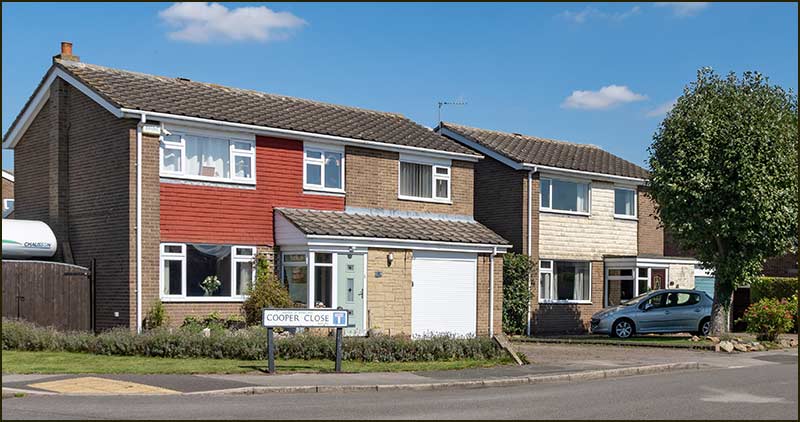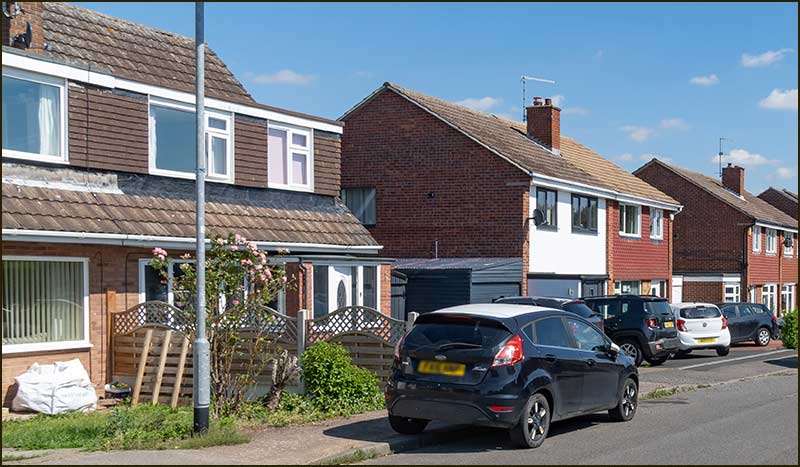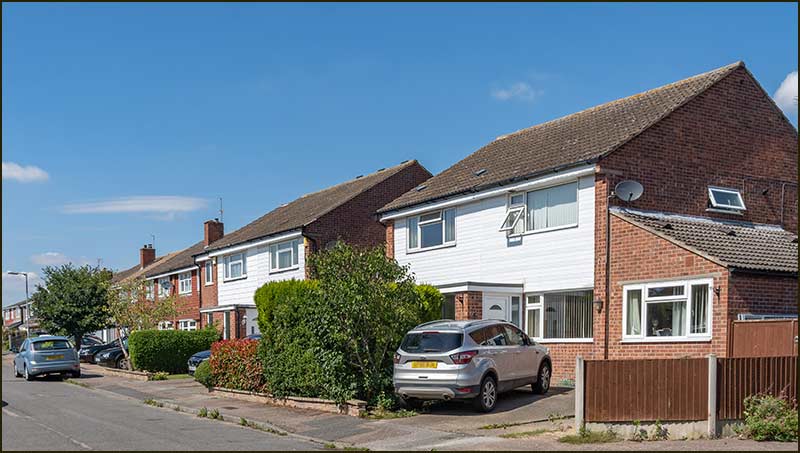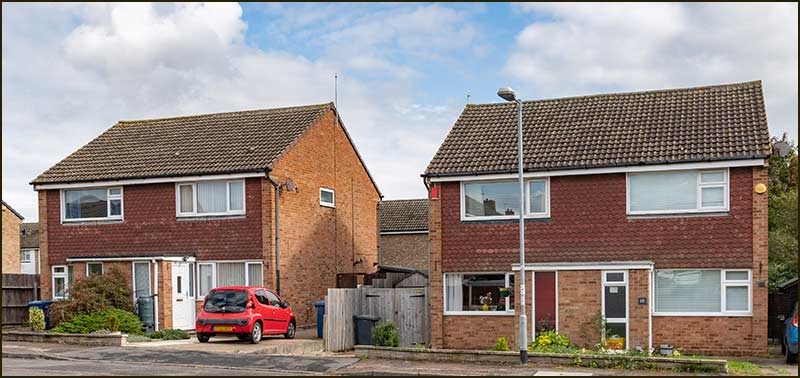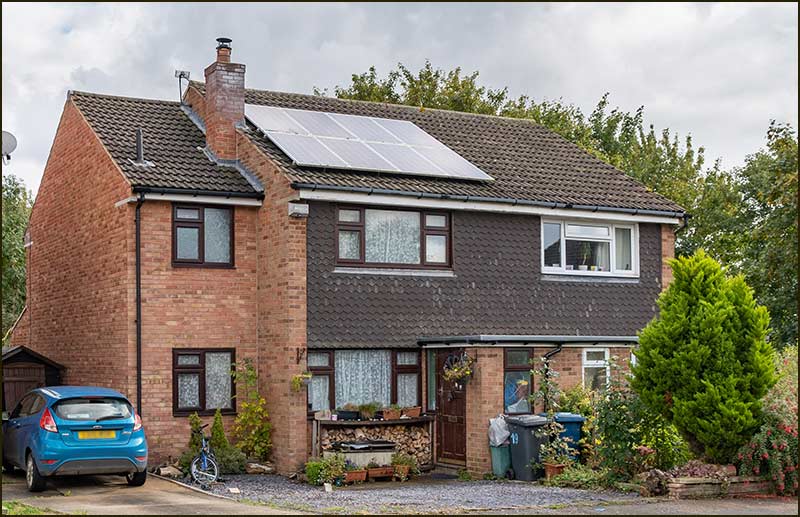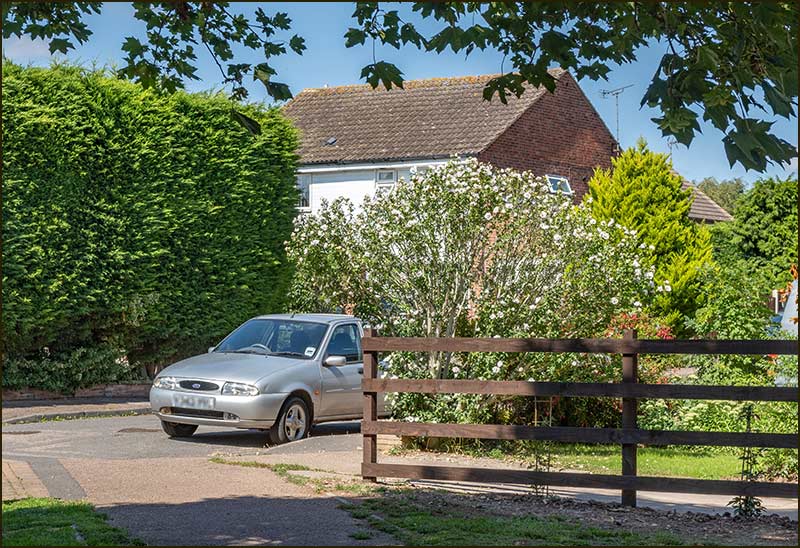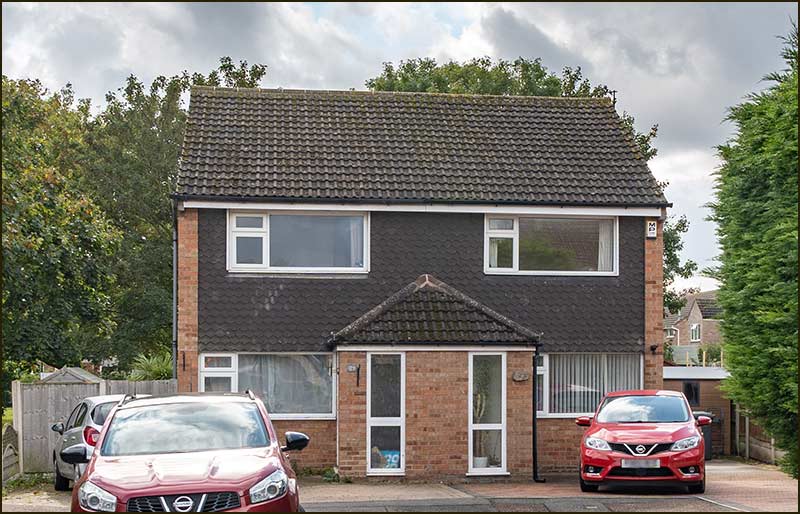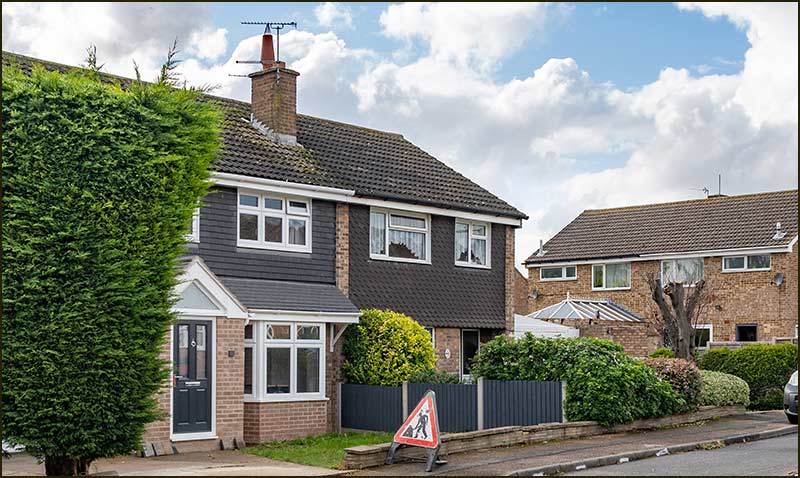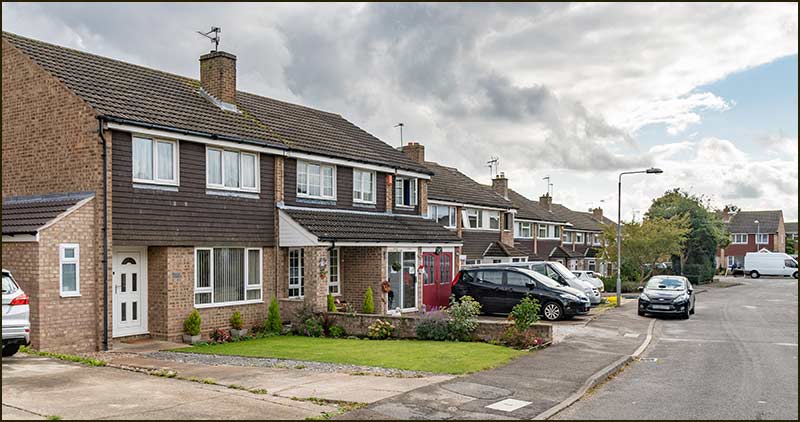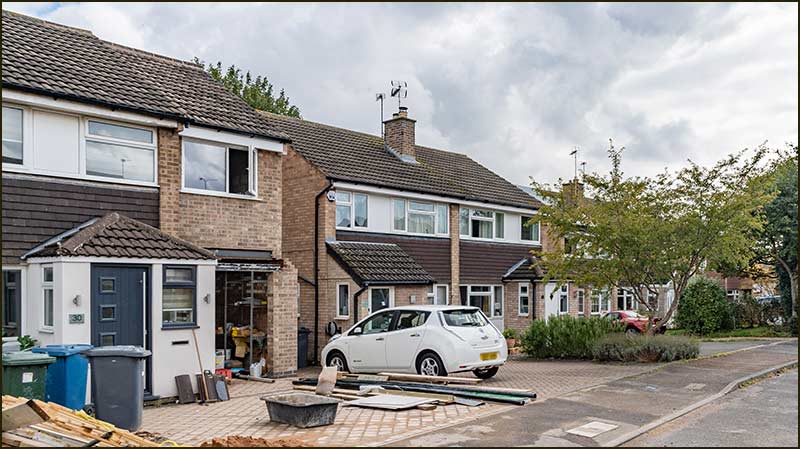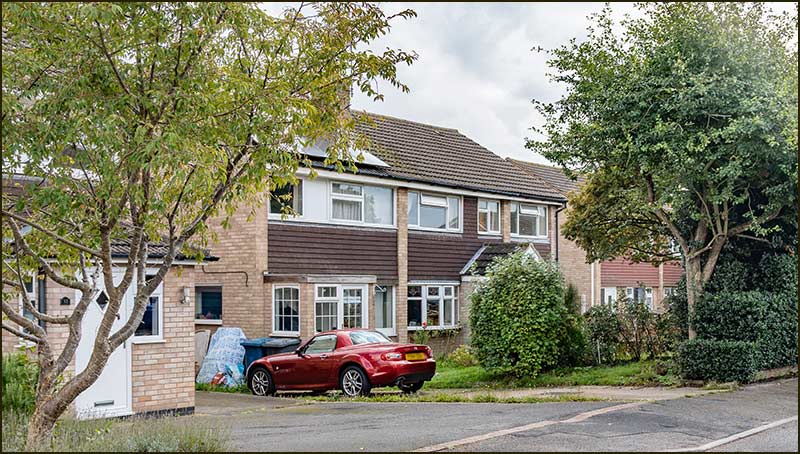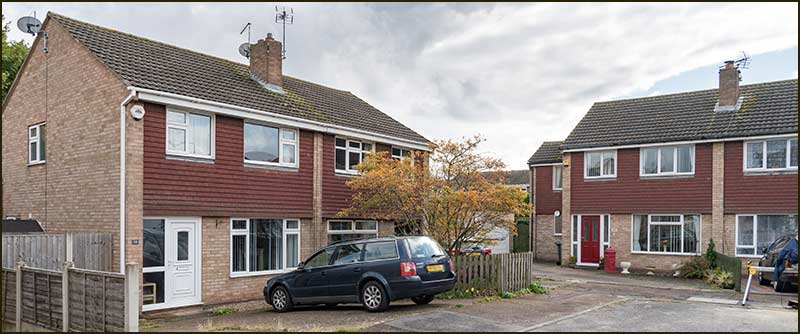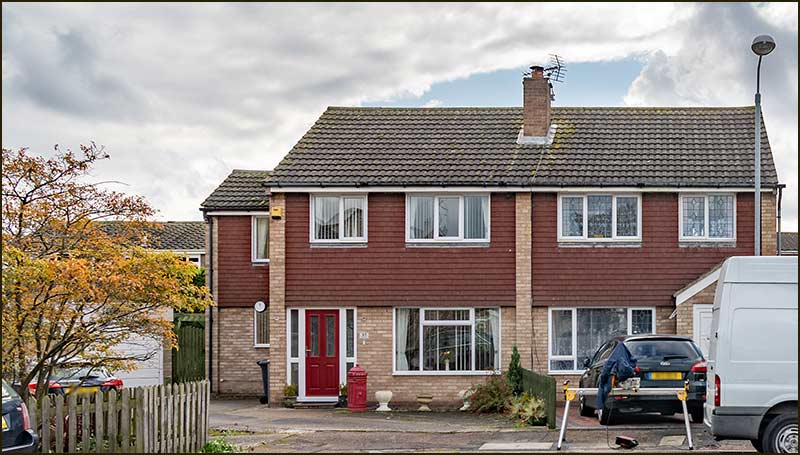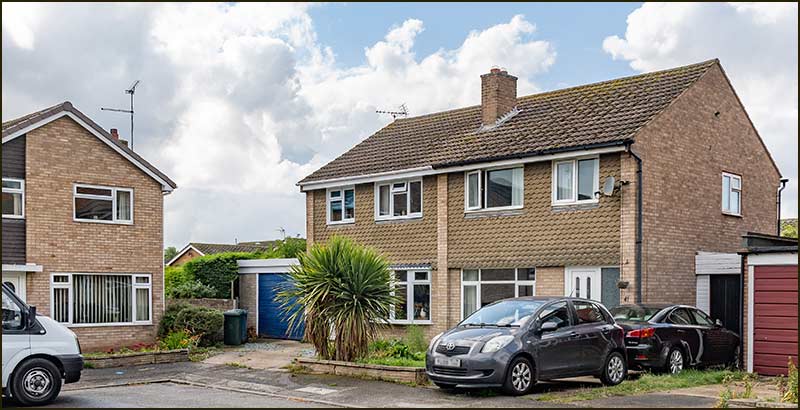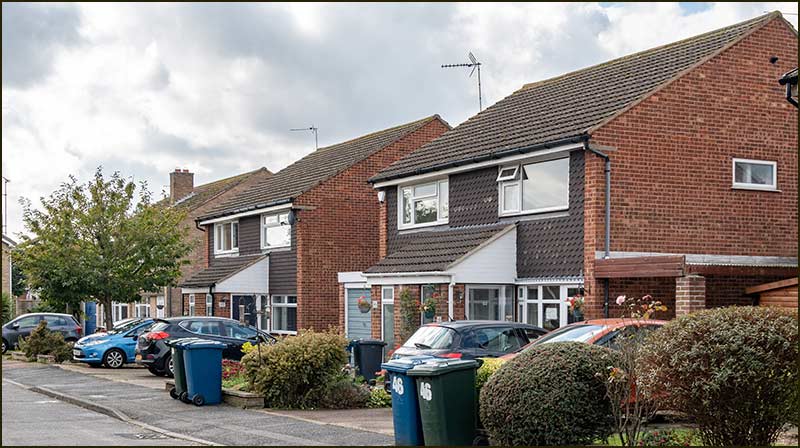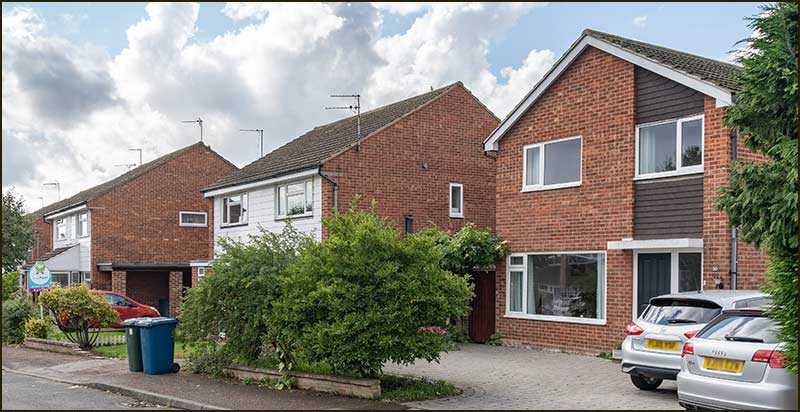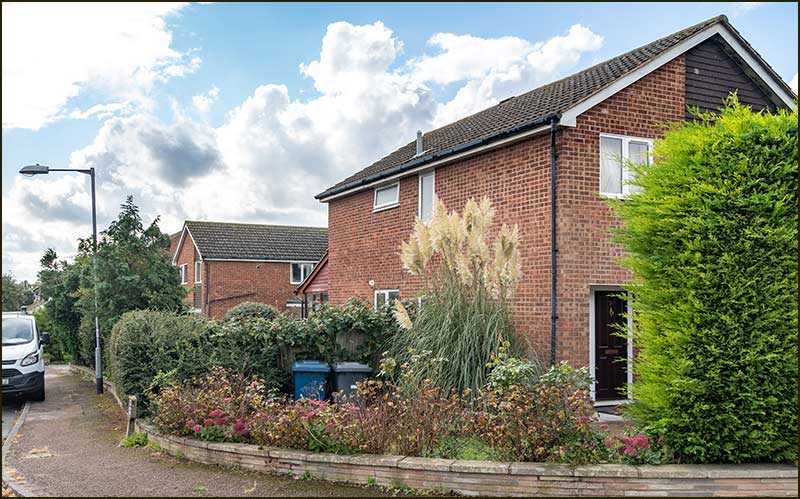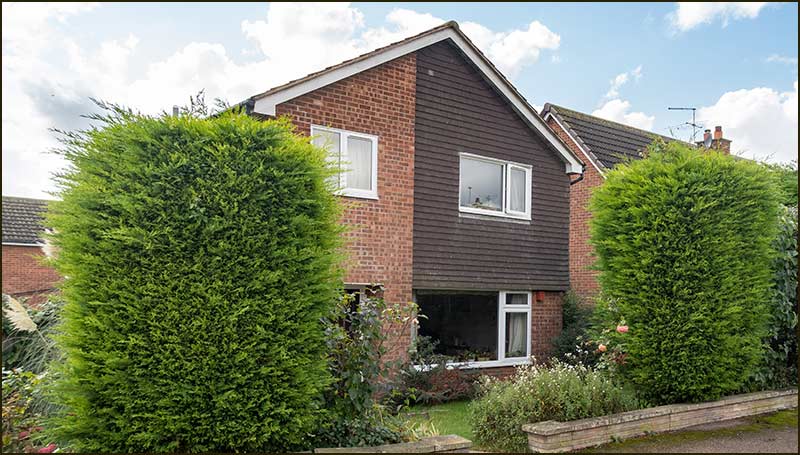Cropwell Bishop Streets: — Cooper Close (updated 23-05-21)

A cooper is a person trained to make wooden casks; is that the origin of the name for Cooper Close, I wondered.
Well, based on the method used to name neighbouring streets, the answer has to be a definite no.
Nevertheless, unlike nearly all other streets named by parish councillors, the name of Cooper does not appear on the 1804 Enclosure map that the councillors probably tucked under their pillows each night.
Maybe it was after the 1804 map was drawn that an influential Cooper appeared in the village. It didn’t take much effort to find such a name, but uncovering their personal history proved more demanding.

The Cooper of Cooper Close
Families of Coopers have lived in Cropwell Bishop and Cropwell Butler for centuries, but it was clear that the one that had by far the greatest impact on our village during the 1800s, came from further afield – 6 miles away.
Matthew Cooper was born in Screveton, a tiny village just north of Bingham. How he came to live in Cropwell Bishop is interesting.
His parents were Thomas Cooper and Elizabeth Parker of Screveton and he was born in 1830. He was their second child; his sister, Mary, was born three years earlier.
It was because of his sister that Matthew ended up in Cropwell Bishop. Mary married William Spencer in Cropwell Bishop in 1846. She was 19 years old and he was 23 – the second eldest of a large family at Owthorpe.
How they came to be married at St Giles is uncertain, but maybe Mary was working and living in the village at the time. What we are certain of is that four years later they were living on Mill Lane (then called Saxtons Row) and William was a master-tailor and Mary a dressmaker.
In later years he was a publican – 3 years in Cropwell Bishop and then at the White Lion in Bingham – before finally returning to being a tailor in Nottingham where the family remained.
Let’s get back to our main character, Matthew Cooper.

In 1857 he married Eliza Richards in Cropwell Bishop.
Because his sister, Mary, had been living in the village for over 10 years, I assume it was through her that he got to know Eliza. Matthew was 27 years old and Eliza was 29 – and an unmarried mother.
Her son, who she had named Robert Smith Richards, was only two years old at the time, so would naturally come to look upon Matthew as his father.
A year later, Matthew and Eliza had a child of their own. Mary was born in 1858 but nothing is known of her childhood. Sadly, she would die at the age of 24. They had no other children.
Three years after they were married, the family moved into 49 Nottingham Road which, at that time, was very much a working farmhouse. They continued living there for the next 30 years whilst Matthew greatly expanded his farming business.

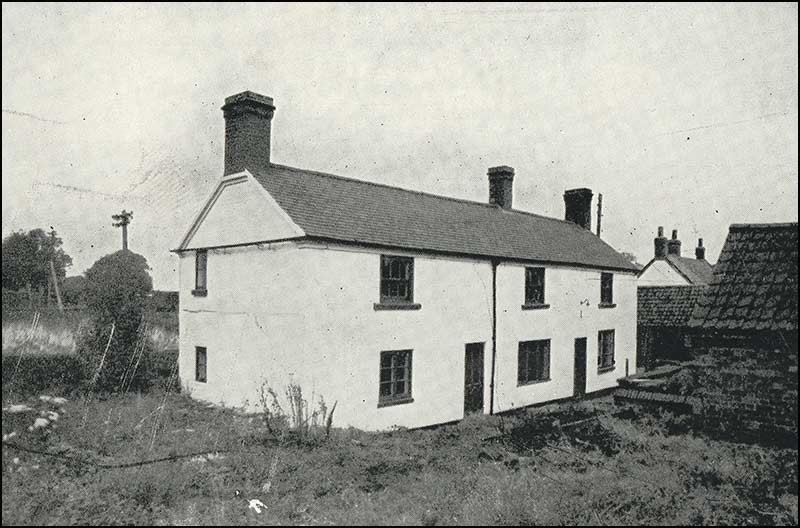
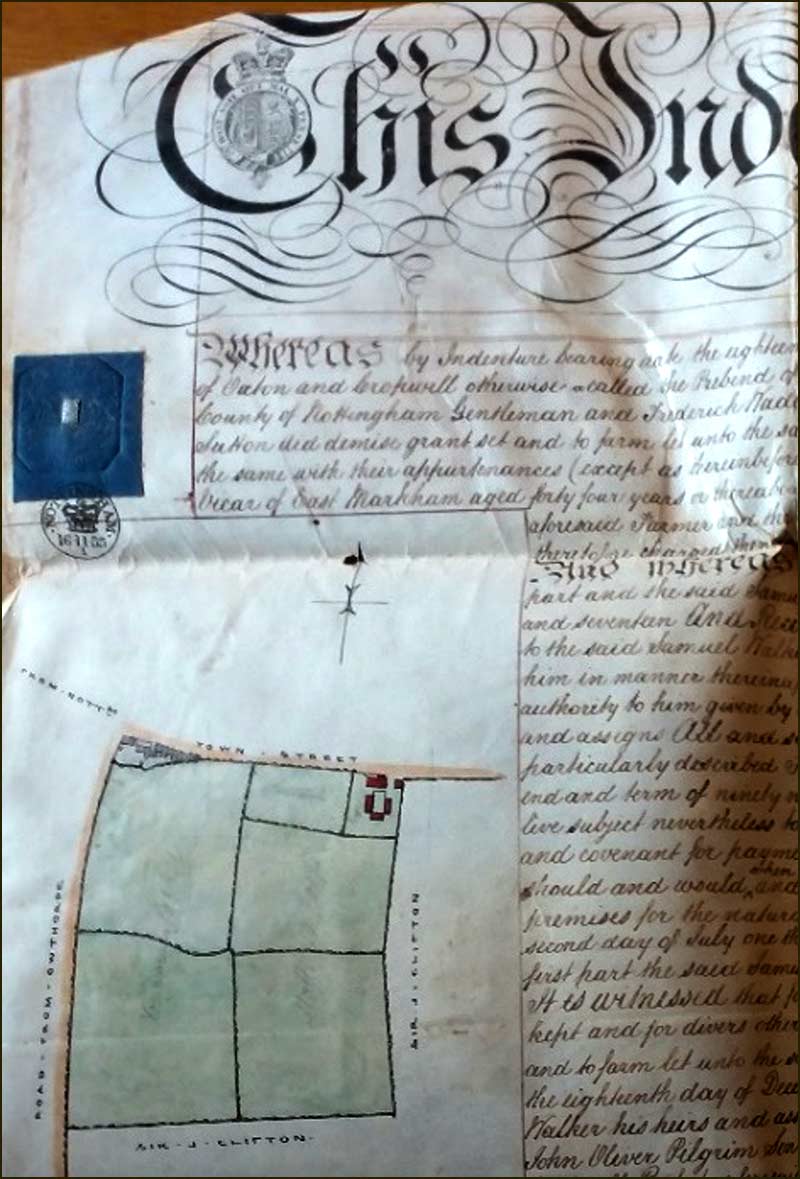

A Growing Business
Matthew Cooper appears to have been as much a business man as farmer, and he gradually expanded his farm by acquiring land as it became available.
He still made time for other things though. In 1877, the new Village School opened (we now call it the Old School) and Matthew was elected to the School Board.
Twenty-one years later he was still there. Only one other person had been on it as long, and that was Vincent Parker, who was Eliza’s half-brother (see Richards Close Street Story for details of her family).
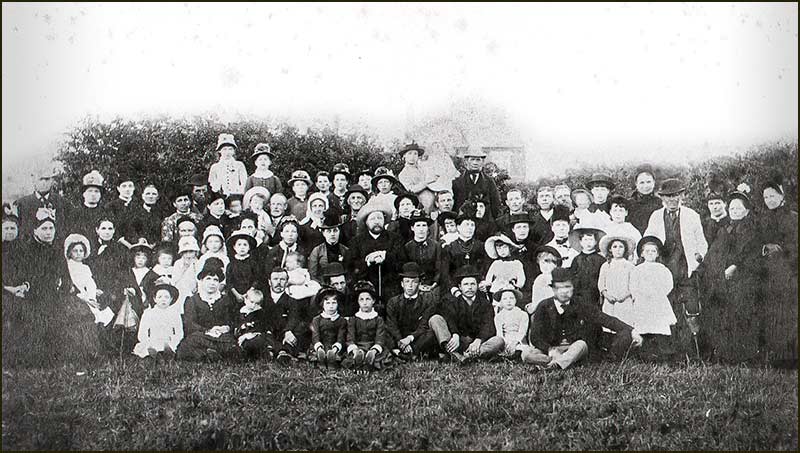

As the decades passed, Matthew became one of the largest farmers and employer of labour in Cropwell Bishop and beyond.
Even as he grew older, he showed his enthusiasm for new ideas by being one of the first farmers in the area to use a steam-powered threshing machine.
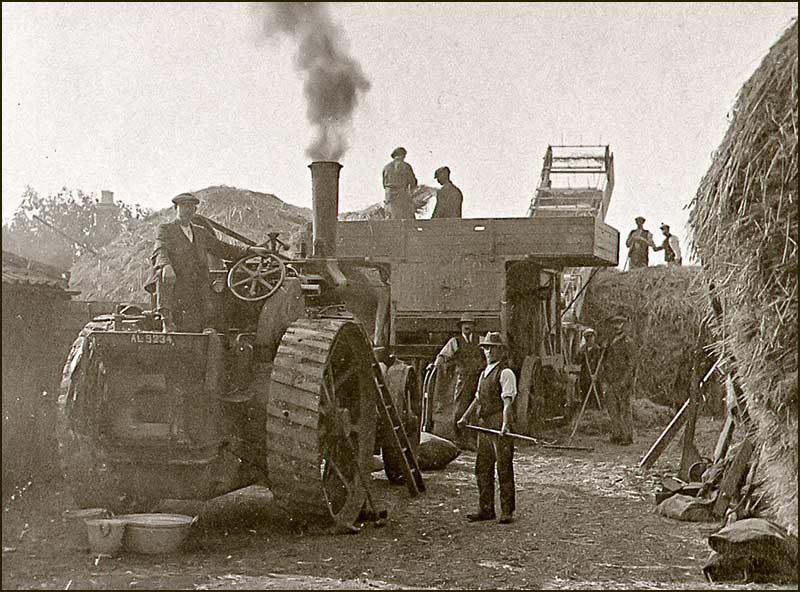
Farming was not his only interest. He also owned brickyards, plaster works and stone quarries.
In 1890, when he was 60, he and Eliza moved to The Yews, another old farmhouse 100m down the road. This would be their last house-move.
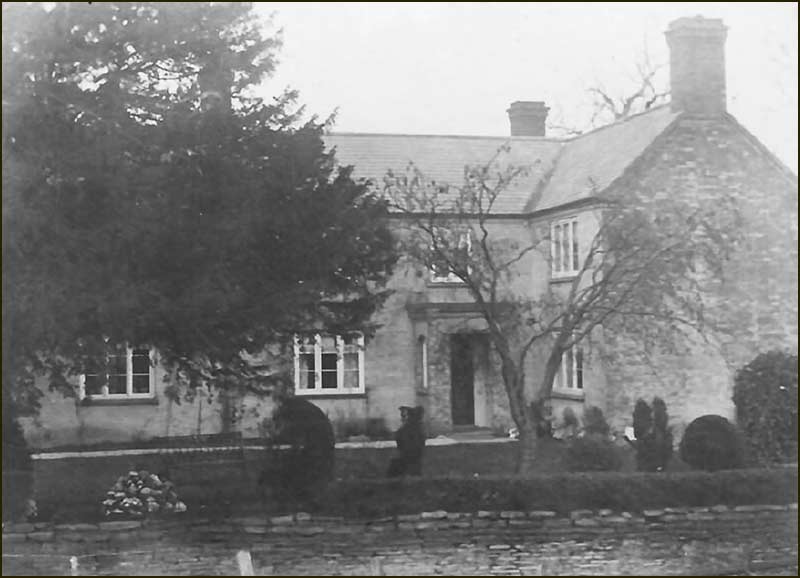
In spite of all his work commitments, Matthew continued to find time for voluntary work to the village.

Life in his Sixties
In 1892, Matthew took on the role of Church Warden and a year later, as a Guardian on the Bingham Poor Law Union.
As a Guardian, he represented our village, which was one of 41 in the Bingham area (which roughly equates to the Rushcliffe), on matters connected with the Workhouse and Children’s Home at Bingham.
In spite of his apparent concern for the poor, it is curious to note that in 1891 he accused a villager of stealing 3 stone (19 kg) of potatoes from a pile in one of his fields.
The man pleaded guilty but said he was, “induced to commit the theft through poverty”. He was sent to prison for a month. The man’s name was William Cooper (not related to Matthew) and he was 48 years old. He was an agricultural labourer and he and his wife had two children at home, the four older ones having already left home.
This prison sentence may have caused long-term animosity between the men because in 1898 Matthew took William Cooper to court again.
This time his gamekeeper stated that William damaged two hedges ("to the extent of 1 shilling") in getting over them.
However, William would not accept this and, “subjected the gamekeeper to a long cross-examination, with a view to showing that the path along which he went was constantly used by other people and that he only went along it the same as others did”.
William asked for an adjournment so that he might bring evidence to support his case. The Magistrates agreed to the application.
This court case took place in February 1898 and if this adjournment was for several months, I doubt the court ever resumed. As we shall see, 6 months can be too long a time for some.
Nevertheless, there was a softer side to Matthew Cooper’s personality.
In 1892 he provided waggons, horses and a driver to take school children to Owthorpe. This was for a picnic in a field that was owned by his son, Robert Smith Richards.
Robert had married Emma Jane Lewin of Cotgrave in 1880 and they raised 11 children. At the same time, he became a very successful farmer in Cropwell Bishop: Richards Close is named after him and other family members.
Matthew gradually gave Robert more and more responsibility for the running of his farms.
Robert Smith’s eldest son, Matthew, was born in 1880, and as he grew up, he became very close to his grandparents, Matthew and Eliza, and for a time, he lived with them at The Yews.
Young Matthew was attending Cropwell Bishop School but his family were living at Owthorpe, where Robert Smith's farm was located. Whilst it was common for children to walk to and fro from Owthorpe, it must have been an unappealing trek in winter or on a wet day.
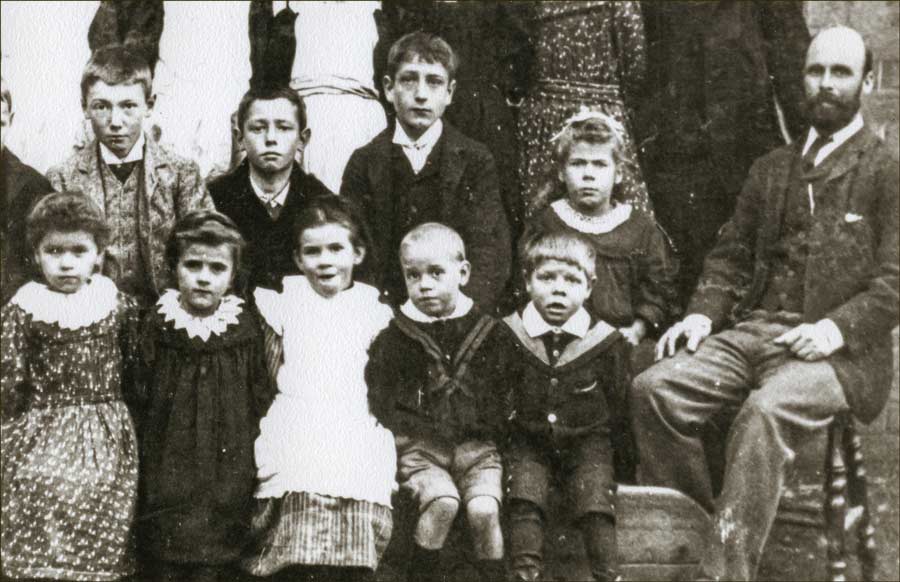
You may be thinking that their years at The Yews corresponded with a more restful time for Matthew and Eliza. This may have been their hope, but it wasn’t to be.
As we have seen, Matthew’s actions during the 1890s were becoming erratic but this may have been the result of the stress he had to endure.
One day in the early 1890s, while driving his trap (a two-wheel cart pulled by a horse), he had a stroke and fell heavily to the ground. His injuries were severe and he never thoroughly recovered from them. From then on, he was described as being in “failing health” – and this continued for several years.
Yet, as we have seen, he was still pushing himself to achieve things.
In 1896, Eliza died. Even after this time, in spite of poor health, he was still on the School Board and, in February 1898, still pursuing William Cooper in court.
In March 1898, he put himself forward, and was elected, as a District Councillor.
Having goals in life, being positive, and always looking to the future are, without doubt, wonderful personal attributes, but there comes a time when the body can take no more. And for Matthew Cooper, that time came on July 1st 1898.
There followed a grand funeral at St Giles Church.
Representatives of the School Board, and his many farms, brickyards, and stone-quarries were in attendance, along with those from businesses he dealt with. His son and his grandchildren placed beautiful wreaths on the grave where he was buried alongside his deceased wife and daughter.
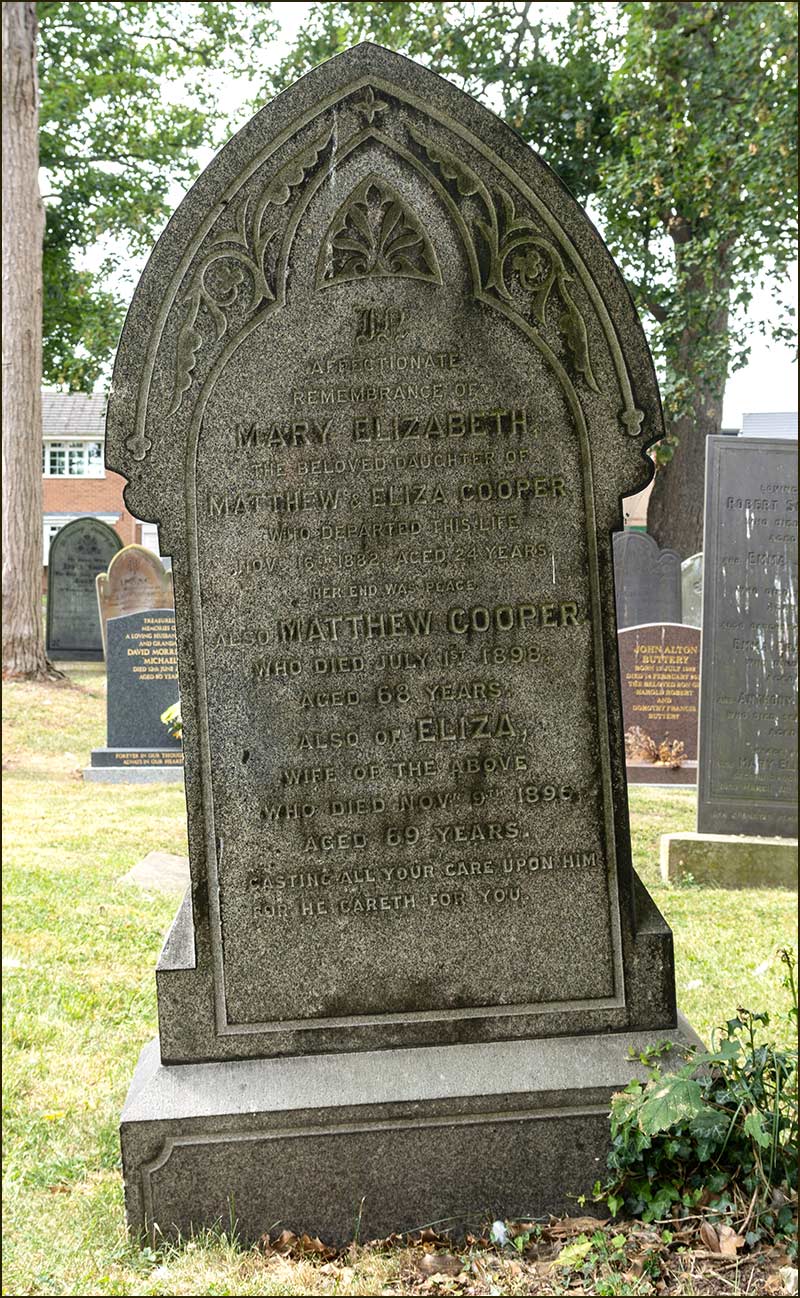
In his will, he left the bulk of his estate to Robert Smith Cooper, but he also left part to his grandson, Matthew Richards. He inherited 49 Nottingham Road, the earlier, long-time home of Matthew and Eliza.
It is sobering to think, that at the start of the 1800s, the genes of Matthew Cooper’s family were nowhere to be found in Cropwell Bishop and, in spite of his influence on the village throughout the century, they had disappeared by the end.
Genes are of overwhelming importance for the continuation of life on Earth yet, individually, we have no influence over the ones we inherit. Likewise, any plans we make for passing them on can so easily be dashed.
Maybe the story of Matthew Cooper will remind us to concentrate on making the most of the life we live, rather than dwelling unduly on our hopes for the future.
Tony Jarrow
Note:
Thanks to Anne Terzza, Tony Carter and John Greenwood for their help with this article.
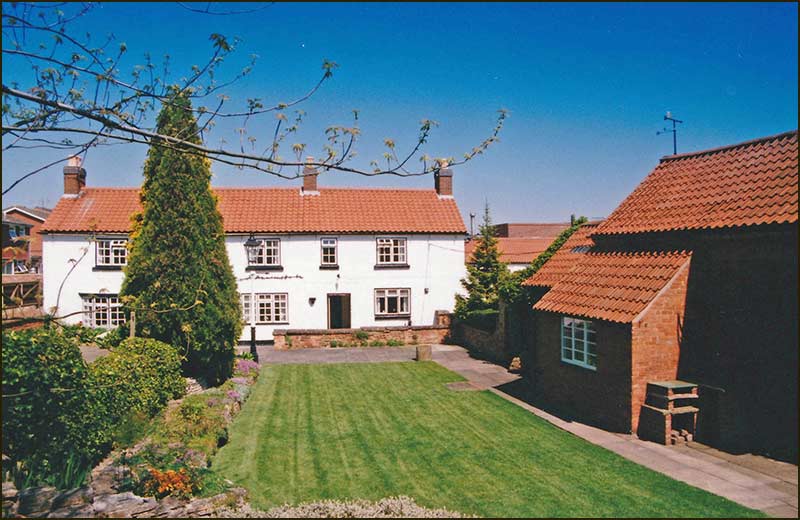
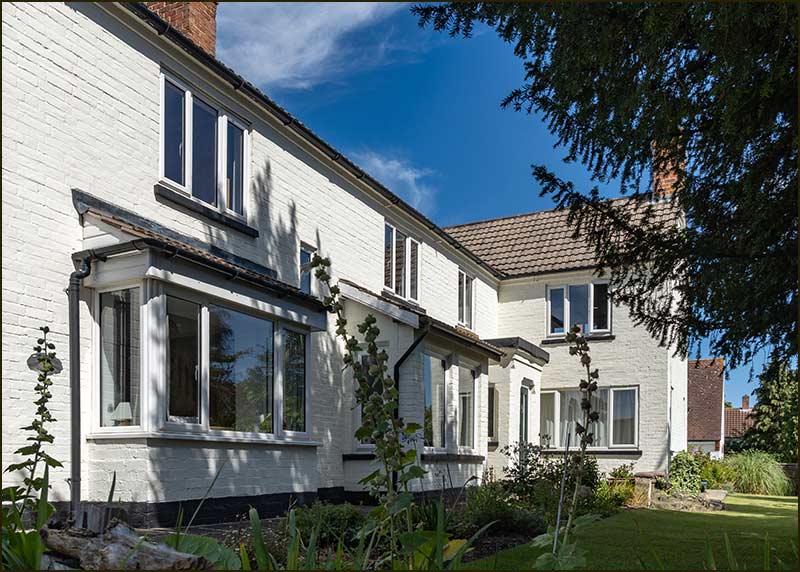
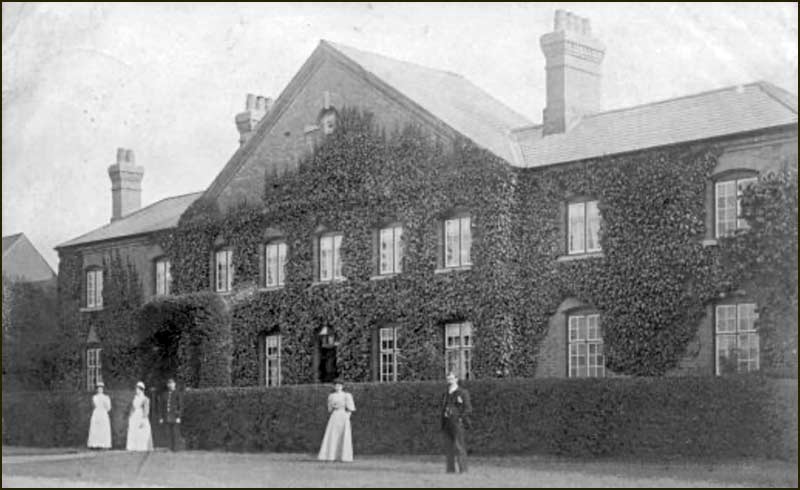
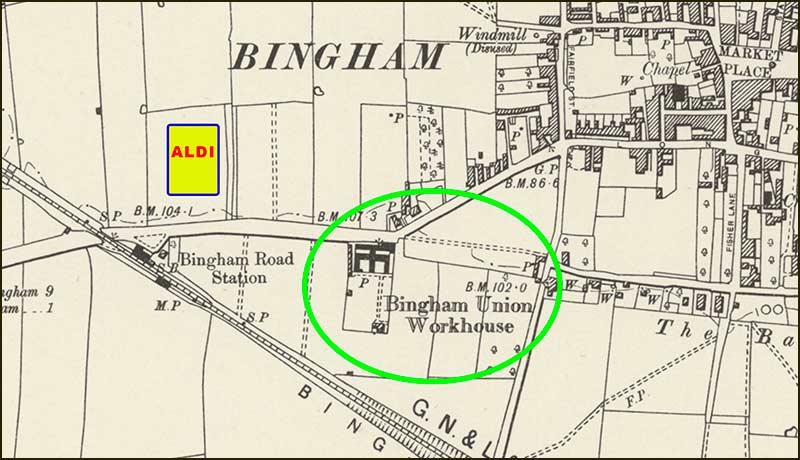

Cooper Close in 2020
